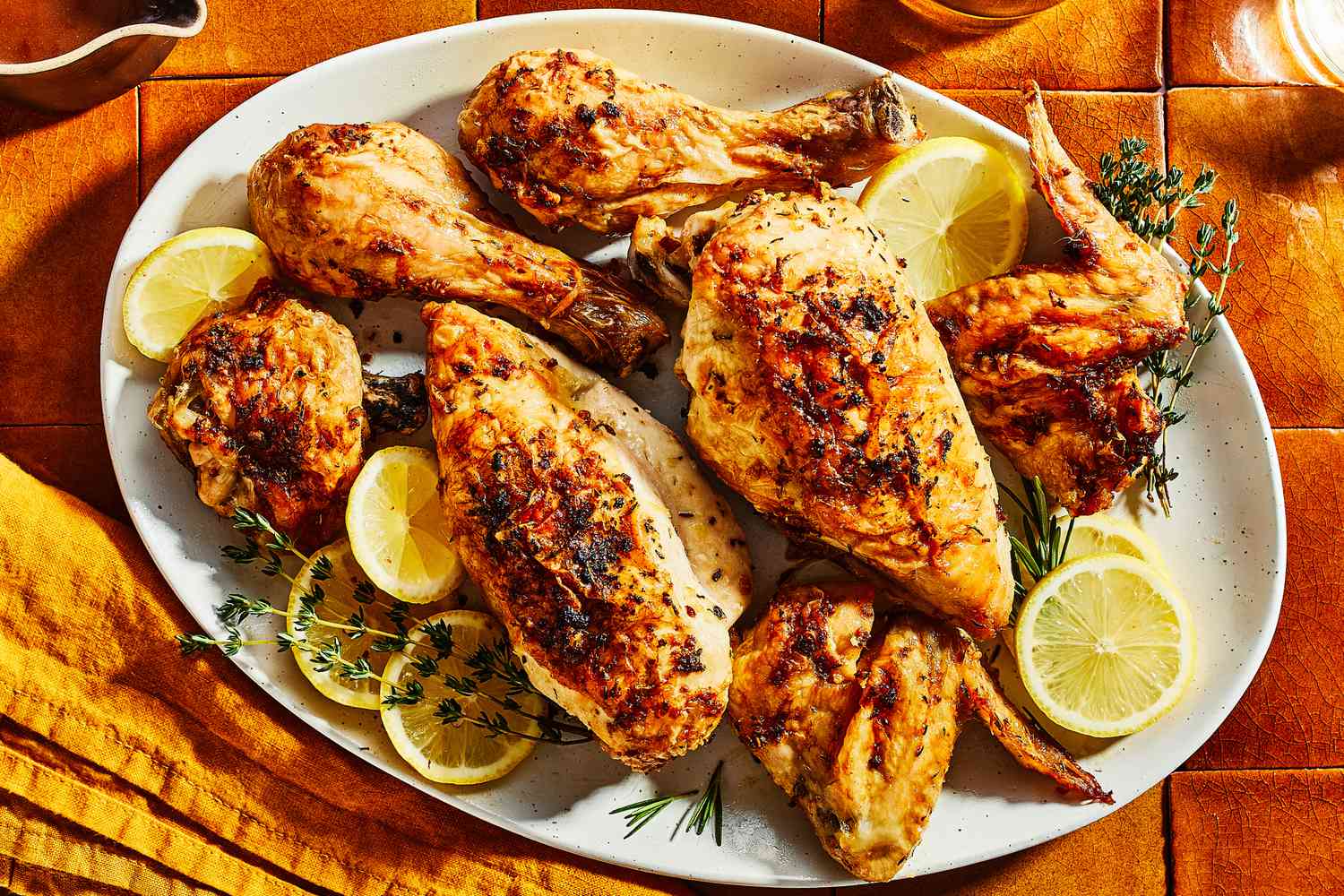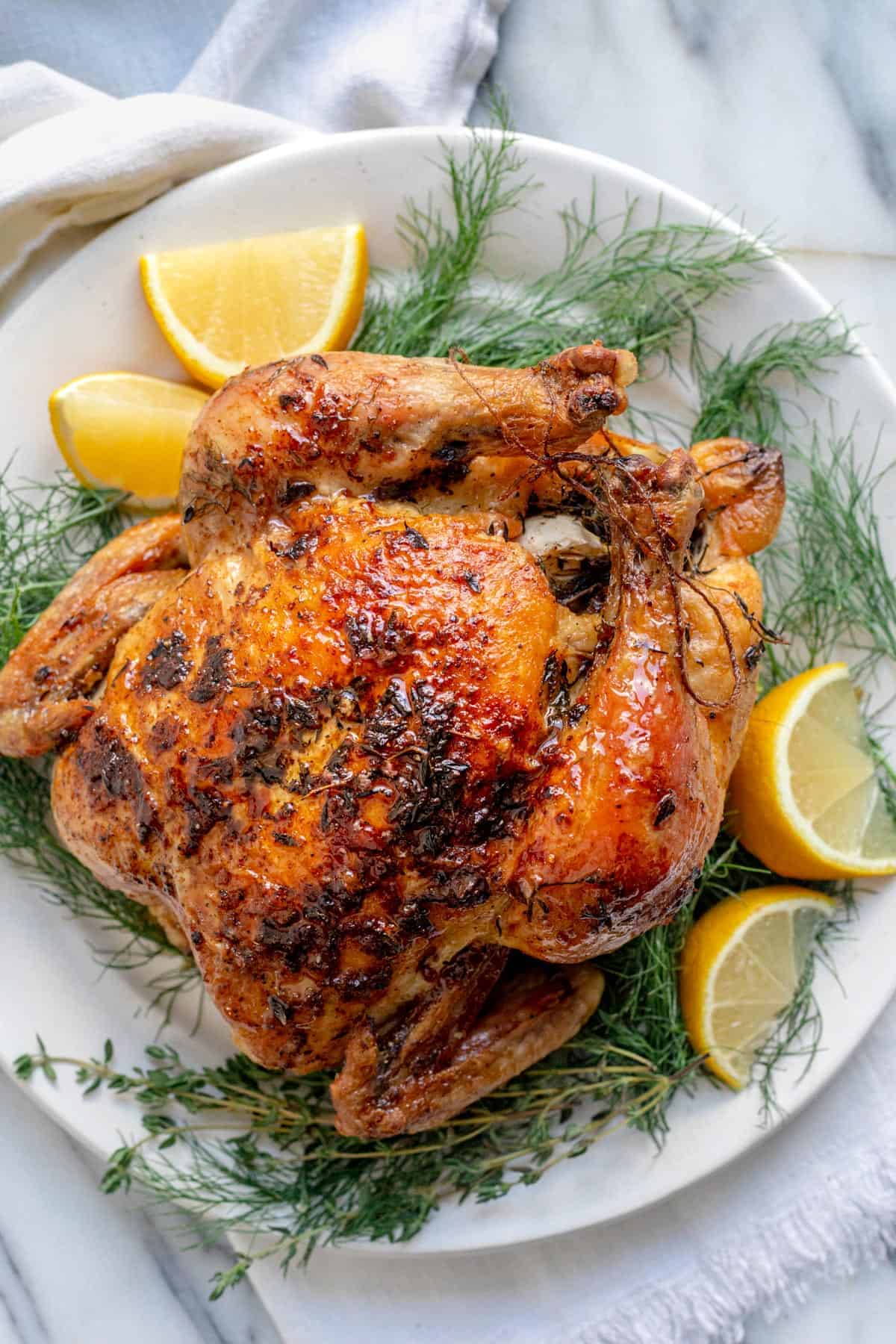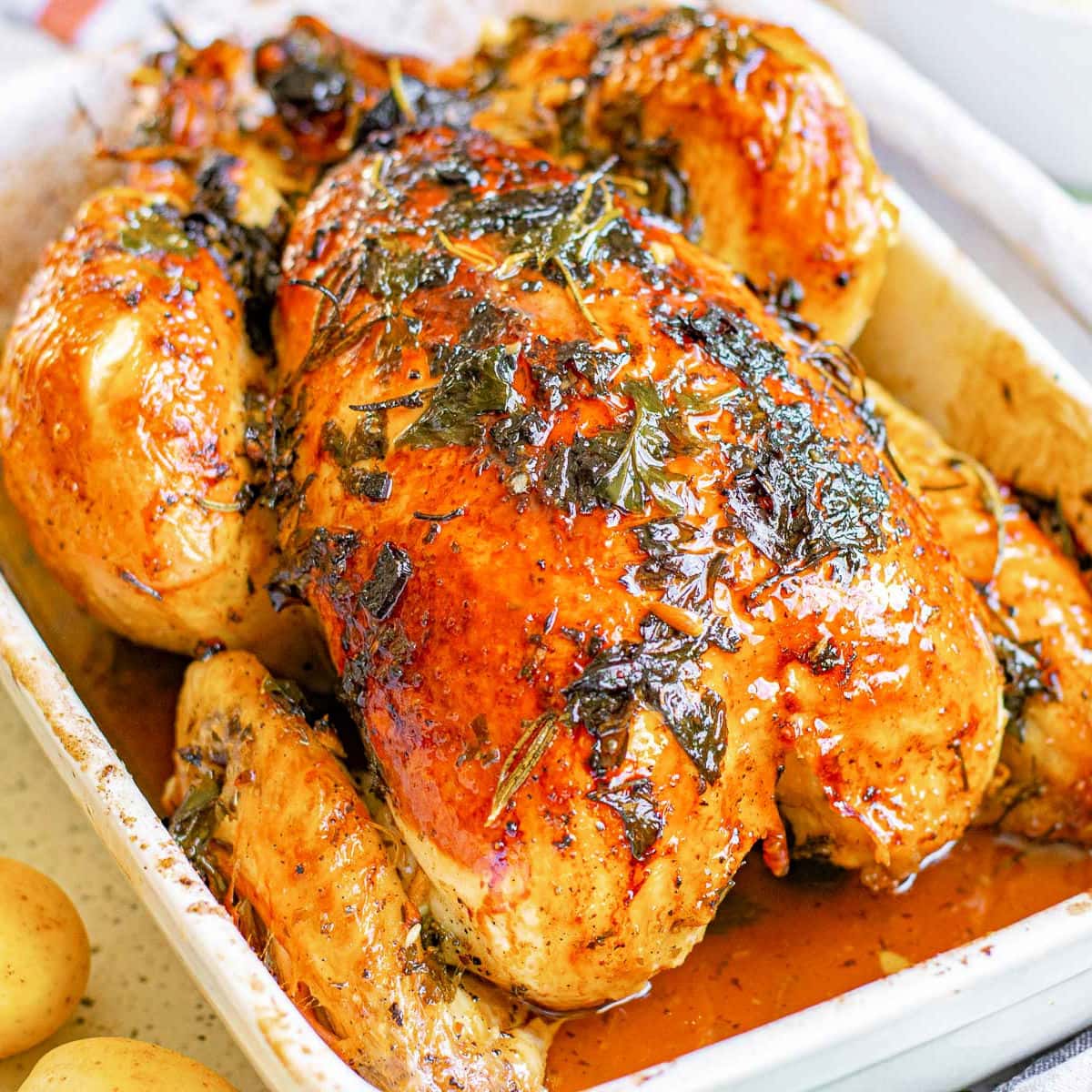
A Taste of Tradition: Native American Roasted Chicken with Garlic and Herbs
The crackling of an open fire, the aroma of roasting meat infused with the earthiness of herbs and the pungent kick of garlic – this is the essence of a time-honored culinary tradition. For millennia, Native American peoples have cooked food over open flames, a practice deeply intertwined with their cultural heritage, sustenance, and spiritual connection to the land. Among the most beloved and enduring dishes is roasted chicken, prepared with simple yet profound flavors that speak to the bounty of nature and the ingenuity of its caretakers. This article delves into the historical context, preparation techniques, and the deeply rooted significance of Native American roasted chicken with garlic and herbs, offering a glimpse into a culinary legacy that continues to nourish body and soul.
A Foundation of Fire and Flavor: The Historical Context
Before the advent of modern kitchens and ovens, Native American tribes across North America relied on the elemental power of fire for cooking. This was not merely a method of transforming raw ingredients into edible sustenance; it was a ritual. Open-fire cooking, often utilizing pits or simple grates, allowed for even heat distribution and imparted a unique smoky flavor that is difficult to replicate. The availability of ingredients varied greatly depending on the region and the specific tribe, but poultry, including wild fowl and later, domesticated chickens introduced by European settlers, was a common and prized source of protein.

Garlic and herbs, too, held significant roles. Many Native American cultures had extensive knowledge of local flora, utilizing wild herbs for both medicinal and culinary purposes. These plants, gathered from the surrounding forests, prairies, and riverbanks, offered a diverse palette of flavors, from the subtle sweetness of wild mint to the peppery bite of certain native mustards. Garlic, or its wild relatives, provided a pungent, savory depth that complemented the richness of the roasted meat. The combination of these elements – fire, poultry, and indigenous aromatics – formed the bedrock of many traditional Native American meals.
The Art of the Roast: Preparation Techniques
While specific recipes varied from tribe to tribe and family to family, the fundamental principles of preparing roasted chicken remained consistent. The focus was on simplicity, allowing the natural flavors of the ingredients to shine.
- The Bird: Traditionally, wild birds would have been hunted. With the introduction of domesticated chickens, these became a more readily available option. The preparation of the bird was often straightforward. It might be trussed to ensure even cooking and a more compact shape.
- The Aromatics: Garlic, often pounded or finely minced, was a key flavor enhancer. It would be rubbed directly onto the skin and sometimes inserted into cavities or under the skin of the bird. Wild herbs, such as sage, thyme, rosemary, and parsley (depending on regional availability), would be used generously. These herbs could be placed inside the cavity, tied in bundles and placed around the bird during roasting, or finely chopped and mixed with other ingredients for a rub.
- The Heat Source: Open fires, cooking pits, or simple tripod stands over flames were the primary cooking methods. This allowed for direct heat and a smoky char. Sometimes, stones were heated in the fire and then placed inside a cooking pit with the food, creating a more controlled, oven-like environment.
- Seasoning: Beyond the garlic and herbs, simple seasonings like salt were used. Some tribes might have also incorporated other natural sweeteners or flavorings derived from berries or roots.
- The Roasting Process: The chicken would be carefully positioned over the heat source, rotating it periodically to ensure even cooking and browning. The goal was a tender, juicy interior with a crispy, flavorful skin.

More Than Just Food: Cultural and Spiritual Significance
The act of preparing and sharing roasted chicken was imbued with deep cultural and spiritual meaning.
- Connection to the Land: The ingredients used in this dish were a direct reflection of the land. The herbs and aromatics were gathered with respect, acknowledging their gifts. The chicken itself, whether hunted or raised, represented the sustenance provided by the natural world.
- Community and Sharing: Food was, and remains, a central element of Native American community life. Roasted chicken, especially for special occasions, was a dish meant to be shared, bringing families and tribes together. The communal act of cooking and eating fostered bonds and reinforced social structures.
- Ceremony and Celebration: Roasted chicken could be a part of various ceremonies and celebrations, from harvest festivals to rites of passage. The act of cooking over fire was often seen as a purification ritual, and the resulting meal was a symbol of gratitude and abundance.
- Respect for the Animal: A profound respect for the animals that provided sustenance was a cornerstone of Native American culture. Every part of the animal was utilized, minimizing waste and honoring its life. The preparation of a whole roasted chicken reflected this reverence.
A Modern Interpretation of an Ancient Dish
While the traditional methods of open-fire cooking are less common in modern households, the essence of Native American roasted chicken with garlic and herbs can be beautifully translated into contemporary kitchens. The key is to embrace the spirit of simplicity and to focus on high-quality ingredients.
Using fresh garlic, robust herbs, and a good quality chicken forms the foundation. Techniques like brining or marinating can help ensure tenderness and infuse flavor, mimicking the slow, natural tenderization that might have occurred with traditional methods. Roasting in an oven, or even on a grill for a smoky nuance, can approximate the results of open-fire cooking.
The beauty of this dish lies in its adaptability. While traditional recipes relied on indigenous herbs, modern cooks can substitute or supplement with readily available herbs like rosemary, thyme, and sage, which are commonly found in many regions and evoke a similar earthy, aromatic profile.
The Recipe: A Humble Homage
Here is a recipe that aims to capture the spirit of traditional Native American roasted chicken with garlic and herbs, adapted for a modern kitchen. This is a guide, and one should feel encouraged to experiment with different herbs and seasonings based on personal preference and regional availability.
Native American Inspired Roasted Chicken with Garlic and Herbs
This recipe is a homage to the traditional methods of Native American cooking, focusing on simple, fresh ingredients and aromatic herbs. It’s designed to be prepared in a modern oven, but the spirit of open-fire cooking is captured through the generous use of garlic and herbs.
Yields: 4-6 servings
Prep time: 20 minutes (plus optional brining time)
Cook time: 1 hour 15 minutes to 1 hour 30 minutes
Ingredients:
- 1 whole chicken (approximately 3.5-4 lbs / 1.6-1.8 kg)
- 1 whole head of garlic, cloves separated and peeled
- 2-3 sprigs fresh rosemary
- 3-4 sprigs fresh thyme
- 2-3 sprigs fresh sage
- 2 tablespoons olive oil or rendered animal fat (like lard or duck fat for a more traditional flavor)
- 1 teaspoon sea salt (or to taste)
- ½ teaspoon freshly ground black pepper (optional)
- 1 lemon, halved (optional, for cavity)
- 1 small onion, quartered (optional, for cavity)
Optional Brine (for extra tender and juicy chicken):
- 4 cups water
- ¼ cup sea salt
- 2 tablespoons sugar (optional)
- 2 sprigs fresh rosemary
- 2 sprigs fresh thyme
- 4-5 cloves garlic, lightly smashed
Equipment:
- Roasting pan or oven-safe skillet
- Kitchen twine (optional, for trussing)
- Meat thermometer
Instructions:
1. Prepare the Chicken (Optional Brining):
- For Brining: If brining, combine all brine ingredients in a large bowl or pot. Stir until salt and sugar are dissolved. Submerge the chicken in the brine, ensuring it’s fully covered. Cover and refrigerate for at least 4 hours, or up to 12 hours.
- For No Brining: If not brining, proceed directly to step 2.
2. Prepare the Aromatics:
- If you brined the chicken, remove it from the brine and pat it thoroughly dry with paper towels. This is crucial for crispy skin.
- In a small bowl, lightly mash about half of the peeled garlic cloves with the back of a spoon or a mortar and pestle. You want them roughly broken down, not a smooth paste.
- Finely chop the leaves from the rosemary, thyme, and sage sprigs. Reserve a few whole sprigs for the cavity if desired.
3. Season the Chicken:
- In a small bowl, combine the mashed garlic, chopped herbs, olive oil (or rendered fat), salt, and pepper (if using). Mix well to form a paste.
- Gently loosen the skin over the chicken breasts and thighs by sliding your fingers underneath. This allows the flavors to penetrate the meat.
- Rub about half of the herb and garlic mixture directly onto the meat under the loosened skin.
- Rub the remaining mixture all over the outside of the chicken, ensuring it’s well-coated.
4. Prepare the Cavity:
- If desired, stuff the chicken cavity with the remaining whole garlic cloves, halved lemon, quartered onion, and any reserved herb sprigs. This will add subtle aromatics as the chicken roasts.
5. Truss the Chicken (Optional):
- Tuck the wing tips under the body of the chicken. Tie the legs together with kitchen twine. Trussing helps the chicken cook more evenly and creates a neater presentation.
6. Roast the Chicken:
- Preheat your oven to 400°F (200°C).
- Place the prepared chicken in a roasting pan or oven-safe skillet.
- Roast for 1 hour and 15 minutes to 1 hour and 30 minutes, or until a meat thermometer inserted into the thickest part of the thigh (without touching bone) registers 165°F (74°C). The juices should run clear when pierced.
- If the skin starts to brown too quickly, you can loosely tent the chicken with aluminum foil.
7. Rest the Chicken:
- Once cooked, carefully remove the chicken from the oven. Tent it loosely with foil and let it rest for at least 10-15 minutes before carving. This allows the juices to redistribute, resulting in a more tender and moist chicken.
8. Serve:
- Carve the chicken and serve hot. Drizzle with any pan juices. This dish pairs wonderfully with roasted root vegetables, wild rice, or a simple salad.
Tips and Variations:
- Herb Choices: Feel free to use other aromatic herbs like marjoram, oregano, or even a pinch of dried chili flakes for a touch of heat.
- Garlic Intensity: For a stronger garlic flavor, you can roast the whole head of garlic alongside the chicken, then squeeze the softened cloves out and serve them with the meat.
- Fat: Using duck fat or lard instead of olive oil will impart a richer, more traditional flavor.
- Smoky Flavor: If you have a grill, you can adapt this recipe for grilling over indirect heat to achieve a smoky flavor reminiscent of open-fire cooking.
Enjoy this taste of tradition, a simple yet profound dish that connects us to the culinary wisdom of Native American ancestors.


